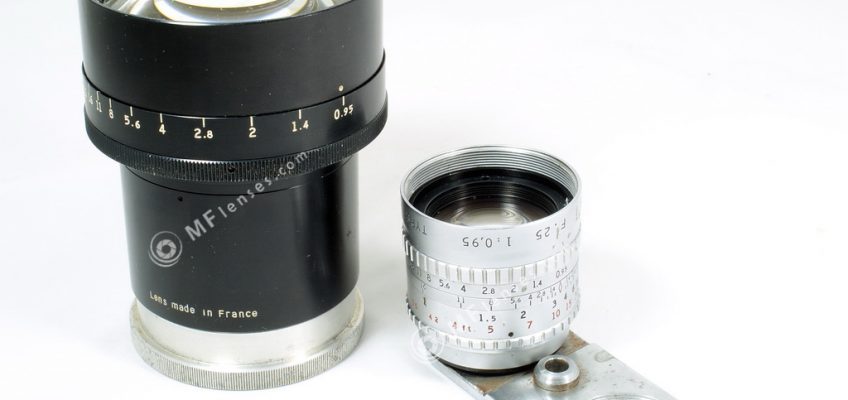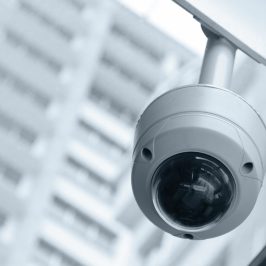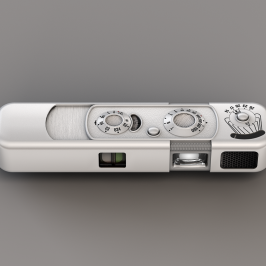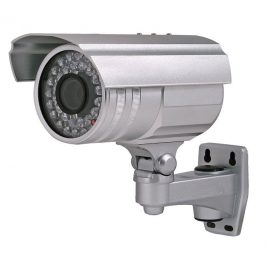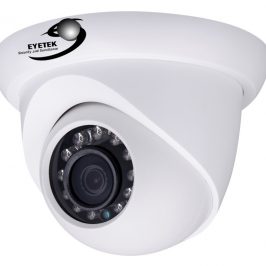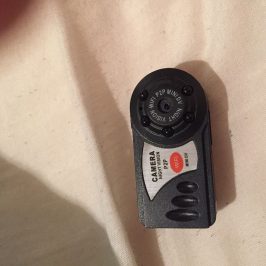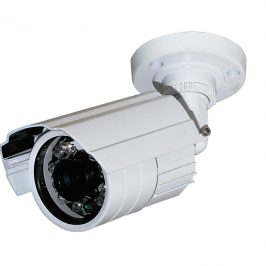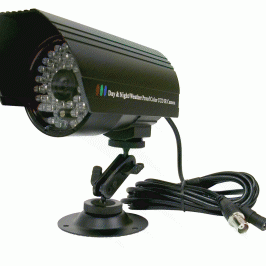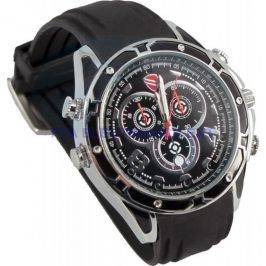The first security camera was a c-mount security camera, and they were first introduced in the 1970’s. Perhaps it was the fact that fashion was not at its high that these boxy, bulky security cameras look the way that they do, but it had more to do with the technological limitations of the time. As camera technology was in its infancy, chips sets and circuit boards were much larger than today, which rather restricted security cameras to the c-mount camera style. For many years, c-mount camera design defined the security camera industry, but now the most common shape that most people think of when mentioning a security camera is the bullet camera.
C-mount cameras are still some of the best security cameras around, as their size allows them to always support the newest technology first. As with all technological advances, when a new technology is developed the first goal is to get it created, and the second step it to make it smaller. Because of this process, c-mount cameras are always the first type of security camera to be able to use a new technology. Right now, that technology is 1/2 inch chip sets. Most other security cameras can only use 1/3 or 1/4 inch chip sets. The size of the chip set is important as it defines two things: how well the camera can see in low level lighting conditions and the maximum resolution of the camera.
C-mount security cameras are very effective when used indoors, but face challenges when used outdoors. To be used outside, c-mount cameras need special mounting brackets to fix them on the wall and housings, as c-mount cameras are very susceptible to the environment.
Every c-mount security camera has a varying ability to see in the dark. To know how well the camera works in low lighting conditions, you will need to compare it’s lux rating. A lower lux rating means that the camera will be able to operate better in lower light. Because c-mount cameras can deliver color video in poor lighting conditions, c-mount cameras are especially valued in crime-fighting and government operations. Lower lux ratings usually correlate with more expensive machines.
When shopping for a c-mount security camera, it is important to remember that they do not come with a lens, which makes them both initially more expensive and more adaptable. Having a more expensive initial price tag does not tell the whole story, however, as most c-mount cameras become far less expensive in the long run. The reason for this is that often a c-mount camera can be repositioned in a security setup that has changed simply by buying a new lens rather than having to buy a new camera.
C-Mount security cameras, like most models of security cameras, do face a weakness: c-mount cameras require considerable effort to be used outdoors. C-mount cameras are more sensitive than, for example, bullet security cameras, and considerable damage can be done to them by rain, wind, heat, or cold. If you need to use a c-mount security camera outdoors, you will need to purchase a housing and a mounting bracket. Some housings simply protect for rain and projectiles, whereas other are equipped with heaters and blowers to keep the temperature constant. Mounting brackets, just as they sound, enable c-mount cameras to be mounted on exterior walls.
Another prime example of the benefits of the c-mount security camera has to do with how banks and many large business employ them. The bulky size of c-mount cameras can be used to your advantage, as they are very noticeable and often deter crime by simply alerting all would be vandals or thieves that they are being recorded.

